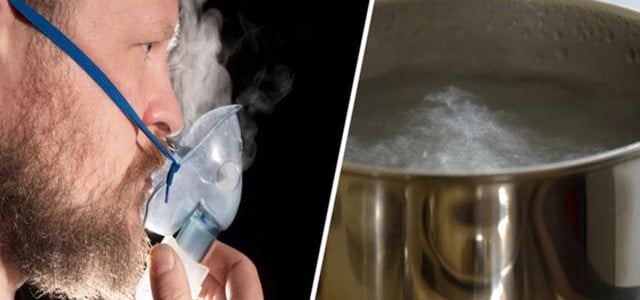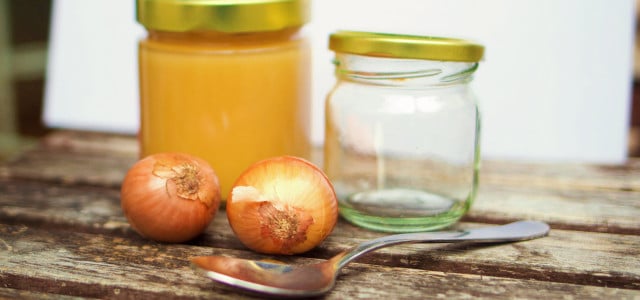Steam inhalation helps relieve symptoms of coughs and colds. Find out how to inhale steam effectively and when to use a nebulizer.
Steam inhalation is one of many effective natural home remedies for colds. However, it is only helpful when it comes to the sinuses and upper respiratory tract. The water droplets can’t reach mucus that is stuck in the bronchial tubes and is difficult to cough up.
If that is the case, you better inhale an isotonic or hypertonic saline solution using a nebulizer.
Steam Inhalation: How To Do It at Home
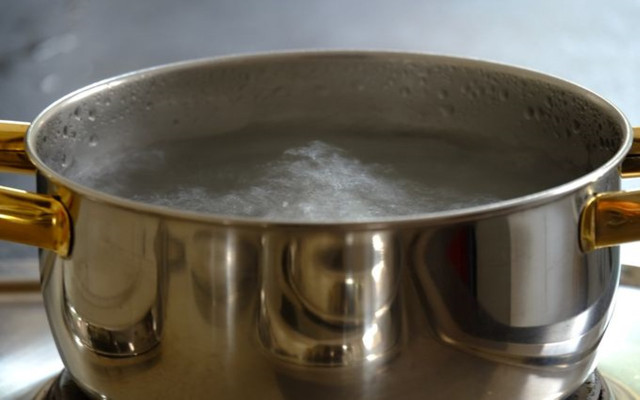
Got a cold or a cough? This is how you can set up your own steam inhalation at home:
- First, boil two cups of water and pour them into a bowl.
- Bend your head over the water and inhale the steam calmly and deeply – alternately through your mouth and nose. If the steam is still too hot, wait a few more minutes till it has cooled down a bit.
- To increase the intensity, you can place a towel over your head and the bowl.
If you have a cold, you can inhale steam up to three times a day for up to ten minutes.
Important: Hot water can severely burn your skin. Ensure that the bowl you’re using is firmly placed on the table and that the towel is only lightly draped over you. Smaller children should only ever use steam inhalation under adult supervision.
Using Salt or Essential Oils for Steam Inhalation
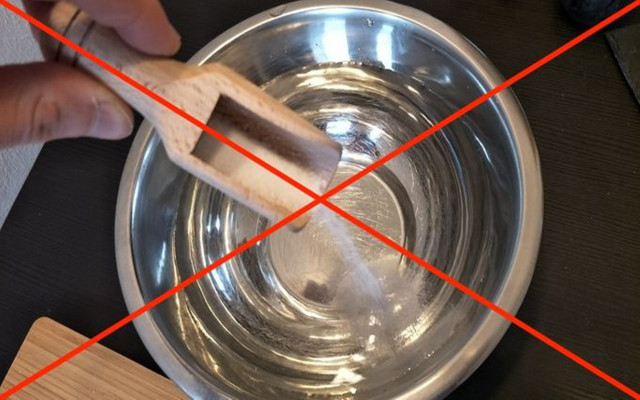


Eucalyptus, peppermint, pine oil — many herbal remedies help with a cold and are often used in steam inhalation. However, you should only use fresh or dried herbs like chamomile, never essential oils. Those can cause severe irritation to the eyes and other harm to asthma patients and children.
Inhaling saline solutions is also recommended when you have a cold. But unfortunately, it’s not that simple. If you use salt water for your steam inhalation, the steam evaporating from your bowl won’t actually have any salt in it. Water vapor can’t transport salt particles since salt boils at a much higher temperature than water. So, the dissolved salt stays in the water or dries out and becomes solid again.
Also interesting: 5 Benefits of Gargling with Salt Water: How to Cure a Sore Throat
Alternatives to Steam Inhalation for Colds and Coughs
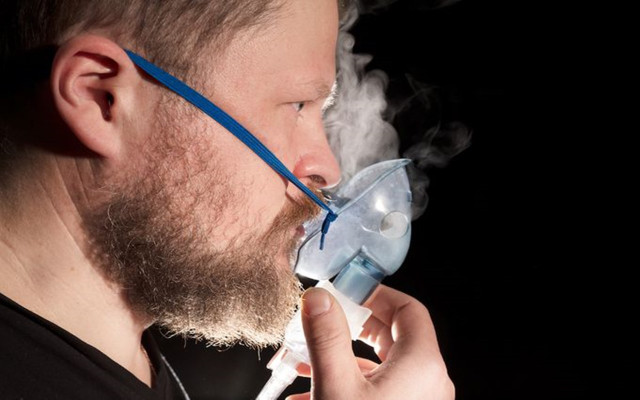


Isotonic or hypertonic saline solutions break down mucus and moisten the mucous membranes — but only in aerosol form. For this kind of steam inhalation, you’ll need a specially developed device called a nebulizer (available on Amazon**). However, you should only fill it with sterile saline solution (NaCl, 0.9 percent) intended for this purpose. If you have a serious cold, a nebulizer will allow you to inhale while sitting upright.
Important Information regarding Health-related Topics.
** Links to retailers marked with ** or underlined orange are partially partner links: If you buy here, you actively support Utopia.org, because we will receive a small part of the sales proceeds. More info.Do you like this post?






